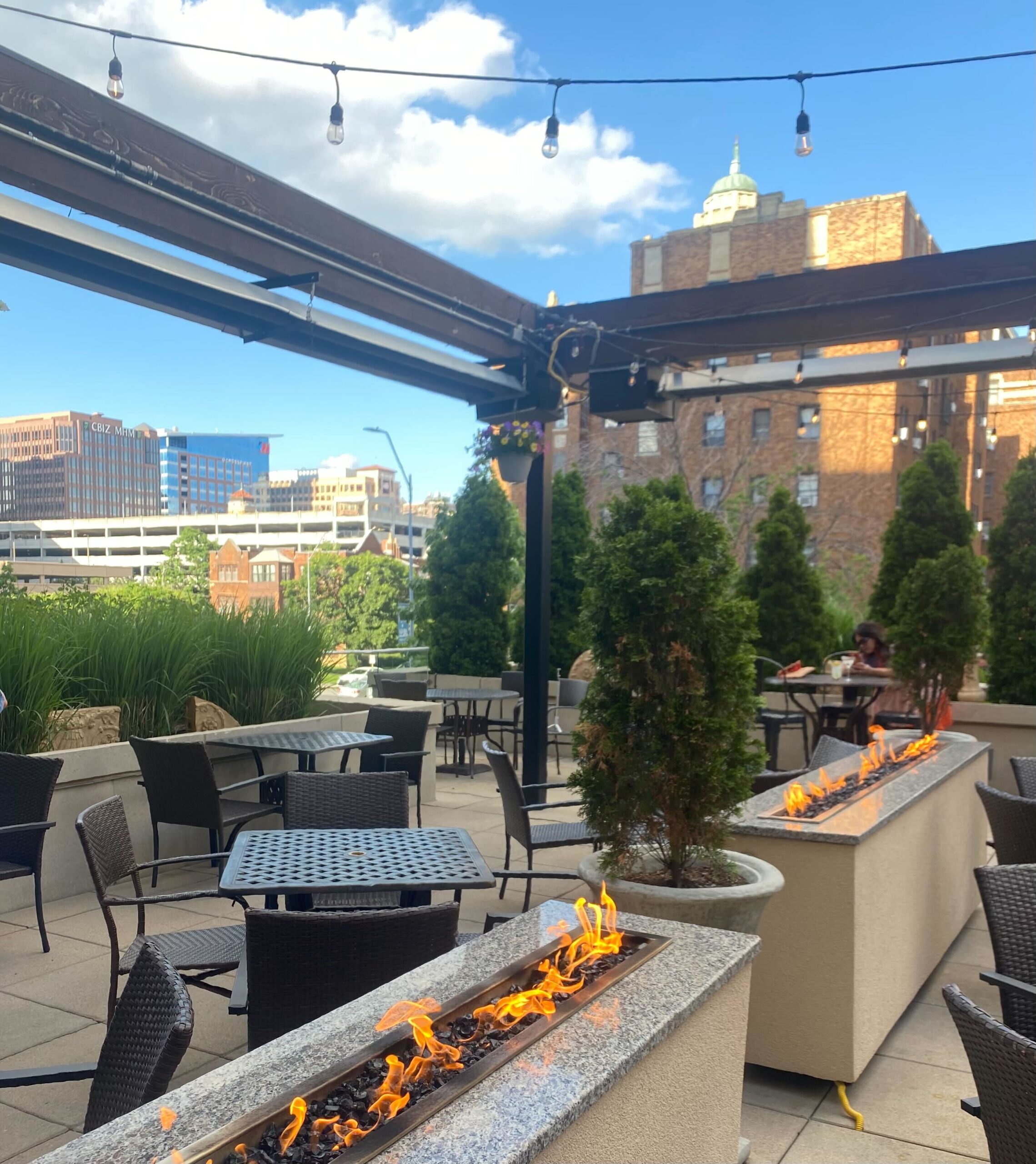Theodore Gary built his family’s fortune with the serendipitous purchase of a small Missouri town telephone exchange that had fallen on hard times. Little did Gary know, he was a telephone pioneer.
It was considered a bit of a gamble: People weren’t quite sure if the telephone was going to take off. But Gary, a serial entrepreneur who dabbled in everything from furniture moving to lightning rod sales, soon became interested in the telephone industry. In 1897, after he had settled in Macon, Missouri, it just so happened that the local telephone exchange had fallen on hard times. The Bell Telephone patents had also recently expired. Theodore was able to purchase the exchange for $7,000, and the Macon Phone Company was born. Theodore soon began establishing phone exchanges across the state, country and nation. As his labyrinth of local exchanges grew, so did the family’s fortune.
Eventually, the Gary family, including Theodore’s adult son Hunter, moved to Kansas City, where they went about establishing themselves as power players. Building a grand home was of the utmost importance to Hunter, and the result was a neoclassical, twelve-thousand-square-foot house designed by popular KC architect John Van Brunt Sr.
Built in the tony neighborhood just south of the Country Club Plaza, the home’s facade was designed to resemble George Washington’s 1774 Mount Vernon home. Restrained classical details surrounding the windows and doors demonstrate that intent. Formal rooms occupy the bottom floor, and a ballroom on the third is party-ready.
The 1922 brick home sits proudly at the top of a hill and has large sweeping lawns dotted with grand trees and several auxiliary structures, such as a carriage house, tennis court and garages—one of which was transformed into a dog kennel.
Hunter lived in the home until his 1937 death at sixty. According to an obituary that ran in the New York Times upon his death, Hunter was known to be a friend of President Calvin Coolidge. The obituary also stated that Hunter was preceded in death by his parents when in fact Theodore, Hunter’s ninety-year-old father, was still very much alive. The following day the Times ran the correction “Hunter L. Gary’s Father Survives.”
Most of the home’s original details, such as the intricate interior plaster moldings and terrazzo floors in the sunroom, remain intact, and in 2008, the iconic KC house was placed on the National Register of Historic Places.






